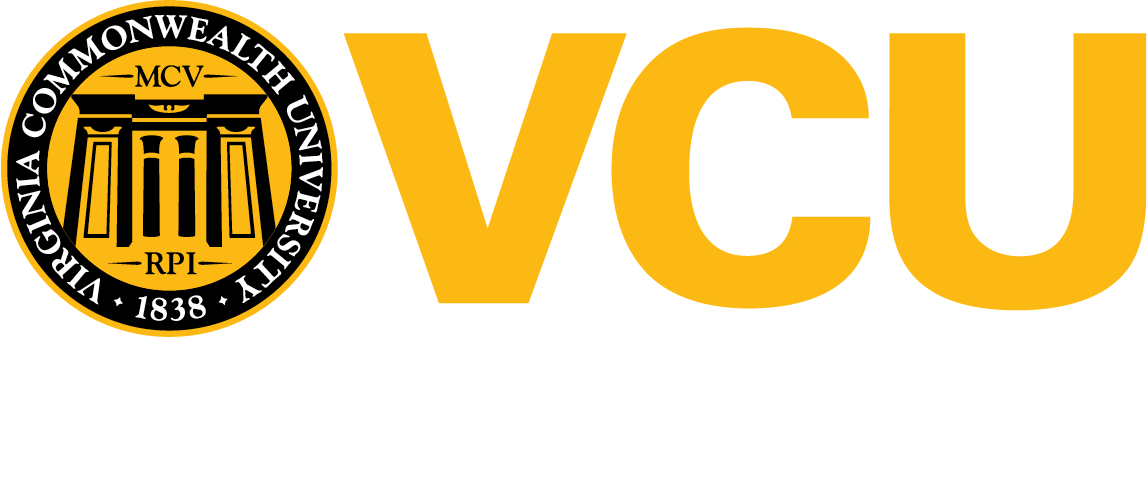Welcome Videos
An excellent way to provide immediate instructor presence while also making it clear to your students why they’re in your course and how it matters to them is to provide a Course Welcome Video. Think of it as an informal, friendly icebreaker for all of your students. They’ll get a sense of who you are, the goals of the course, the course’s navigation and layout, and some of the materials and activities with which they will engage.
Below are some examples of Course Welcome Videos. These videos all stress different elements of their own courses, but they rely on similar informal approaches to video creation. As indicated in this resource page from the University of Central Florida’s Teaching Online Pedagogical Repository (TOPR), online students will appreciate the informal tone of the video as it makes you come across as relatable.
Getting your students excited about the course content!
Welcome to the History of Still Photography:
Ideas for helping students feel that they belong in your course:
4 Tips to Make an Online Course More Welcoming:
An effective Course Welcome video can accomplish the following:
- Introduction of yourself. Who are you? What are your areas of expertise or interests as they relate to the course? What are some personal attributes? Do you have any hobbies? Favorite music? This kind of information will give students an idea of who you are as an instructor and also provide a human element so they get a better sense of you during regular email communications and feedback.
- What are the goals of the course? This is an opportunity to explain your course learning objectives in a more conversational tone and reinforce your syllabus.
- Why does your course matter to your students? This is an opportunity to think about your students’ perspectives and how your course might matter to them. It’s also a good way to preface an introductory discussion forum that might require students to think about how the course matters to their own goals if you choose to require such a discussion in the first week of the course.
- Navigation! After introducing yourself and discussing the course, you can orient your students by providing a screen recording of yourself navigating the different content areas of your course in Canvas.
Resources for Creating Your Welcome Video:
- If you would like to get started with Kaltura, Kaltura Capture is supported by VCU’s Academic Technologies group. All faculty have access to this tool for free.
- FlipGrid is a video discussion tool set up like a discussion grid. Students can reply to a given topic with brief videos. The tool is mobile, PC, and Mac friendly. Go to FlipGrid application in Higher Education Classrooms to read a resource on using FlipGrid in higher education classrooms. It is free for both students and educators, but is not supported by VCU technologies.
- Adobe Express allows users to easily create videos, posters, and interactive web-pages. The tool is free for both educators and students, but is not supported by VCU technologies. It is iOS, PC, and Mac friendly with some Android features
As you sit down to start working on your welcome video, please consider the Faculty Guide to Creating Accessible Videos Through Captioning to create accessible videos provided by VCU’s Student Accessibility and Educational Opportunity.
Hungry for more?
Please check out our website for more details about course and support services. For any other questions please contact onlinefaculty@vcu.edu

